9 conclusions from historic 2022 Tour de France Femmes avec Zwift
How eight days of intense racing changed women's cycling forever
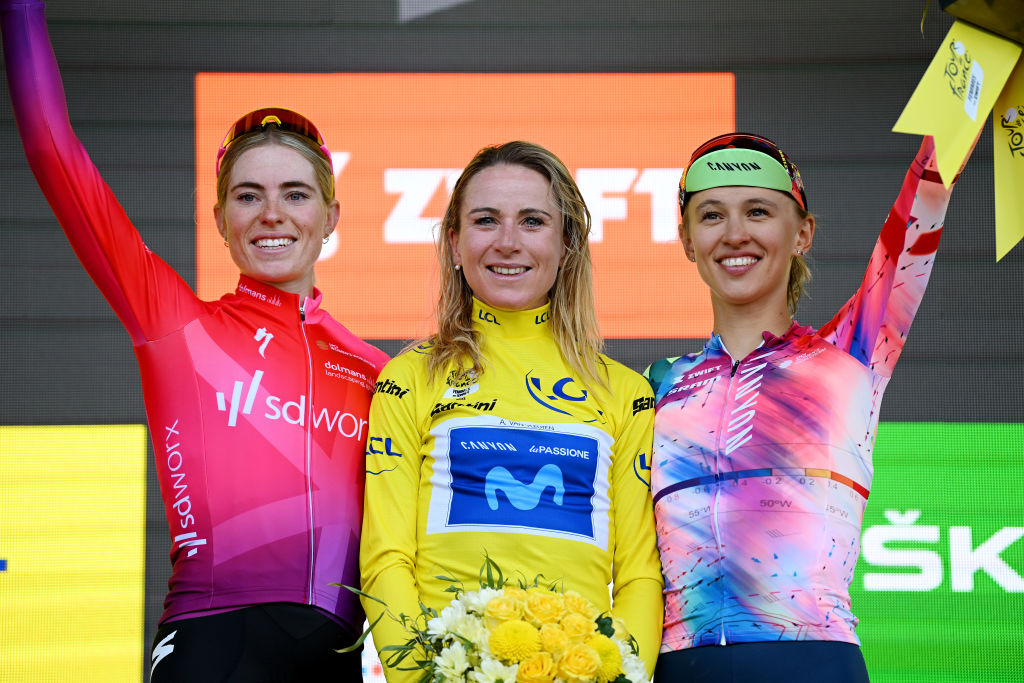
The Tour de France Femmes avec Zwift is over but the emotions and memories remain. The return of the women’s Tour de France is a historic moment for the sport as a whole.
Annemiek van Vleuten will be remembered as the first winner of the Tour de France Femmes, but everyone in the race made history. Marianne Vos can look back proudly at her success in the race and especially her actions in the last decade to make it happen.
The eight days of racing were intense and entertaining. They included gravel sectors, steep climbs, a mountain-top final stage but no time trial. The 2023 route should be different and perhaps even climb L’Alpe d’Huez in the Alps.
Whatever the route, the women’s Tour de France is back and has changed the sport for ever.
Cyclingnews Women's Editor Kirsten Frattini and Matilda Price were on the ground at the Tour de France Femmes and captured the full significance of the race.
If you build it, they will come
There is one thing that the Tour de France Femmes peloton could not stop talking about: the fans. No one knew how much attention this new race would attract, but last week showed us that the answer is a great deal.
ASO rolled out all the infrastructure and commercial fanfare that is often seen in the men’s race, and they were rewarded with large and enthusiastic crowds. On the roadside, there was no sense that the fans cared whether they were watching the hommes or the femmes, they just wanted to watch the Tour de France. And that they did, lining the roads at the starts and finishes, coming out in the tiniest of towns, undertaking long rides or hikes to get to the summit finishes at the weekend.
The latest race content, interviews, features, reviews and expert buying guides, direct to your inbox!
It wasn’t just on the ground, either, the race was a big success on social media, on television and in the press. Complete viewing figures have yet to be released, but the early reports from France Télévisions show peaks of around 3 million viewers per stage during the week, with the 2.5 hour programme often enjoying the most viewers during its time slot.
It wasn’t certain how popular this race would be and that was perhaps a reason it took so long to come to fruition, but after one year it’s very clear that if you put on a race of this scale, the audience will naturally follow.
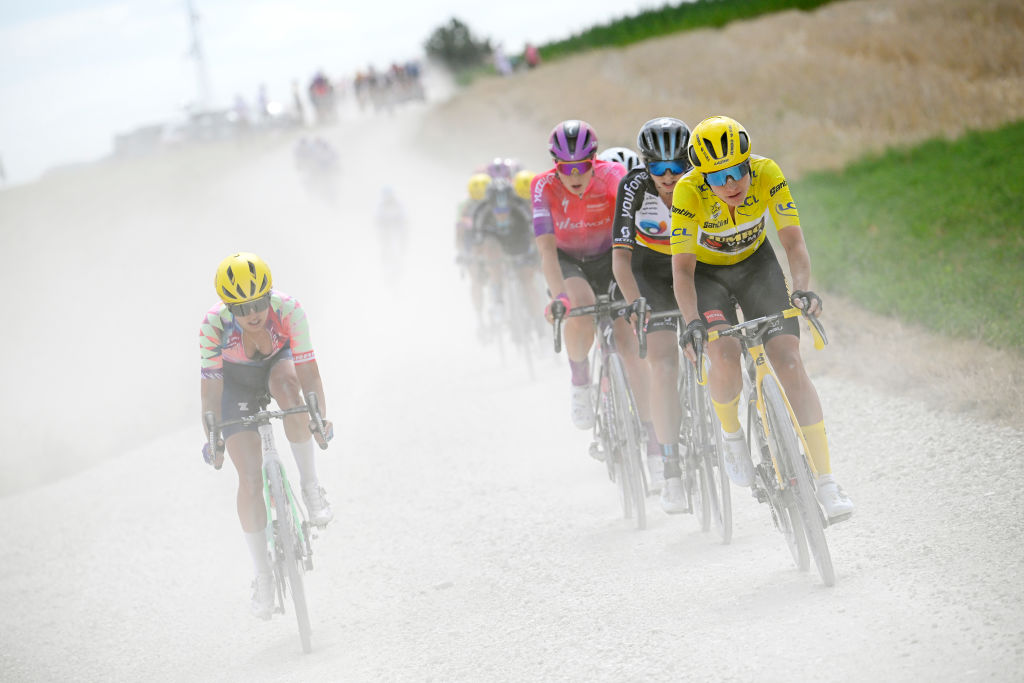
No gifts in France
Every day presented a new opportunity to win a stage at the Tour de France. The anticipation at the start line each morning on the event's journey through northeast France was palpable. Nothing about this race would be easy, and there would be no gifts.
There was no easing into the first kilometres of the stages, and the 'sprint stages' didn't belong to the sprinters, forget the lulls of the long days so recognizable during the 200-plus kilometre stages of the men's Tour de France. The racing was the most aggressive that pro cycling has seen.
"It was way harder than our stage races, normally, and I could feel the effects of the Tour de France; the fight in the first hour for the breakaway, usually I have way less power efforts in stage races than I had here. It was a big fight for the jerseys and points. It was special," van Vleuten on Sunday.
Every team wanted to make their experience count. Breakaways formed early, and there were many. Second-tier teams had their say, and the world's strongest teams didn't seem to have as much control over the outcomes of the stages.
Every kilometre presented an opportunity to make the race, be upfront, off the front, vying for the stage wins and the special classification points, and importantly time on live global television.
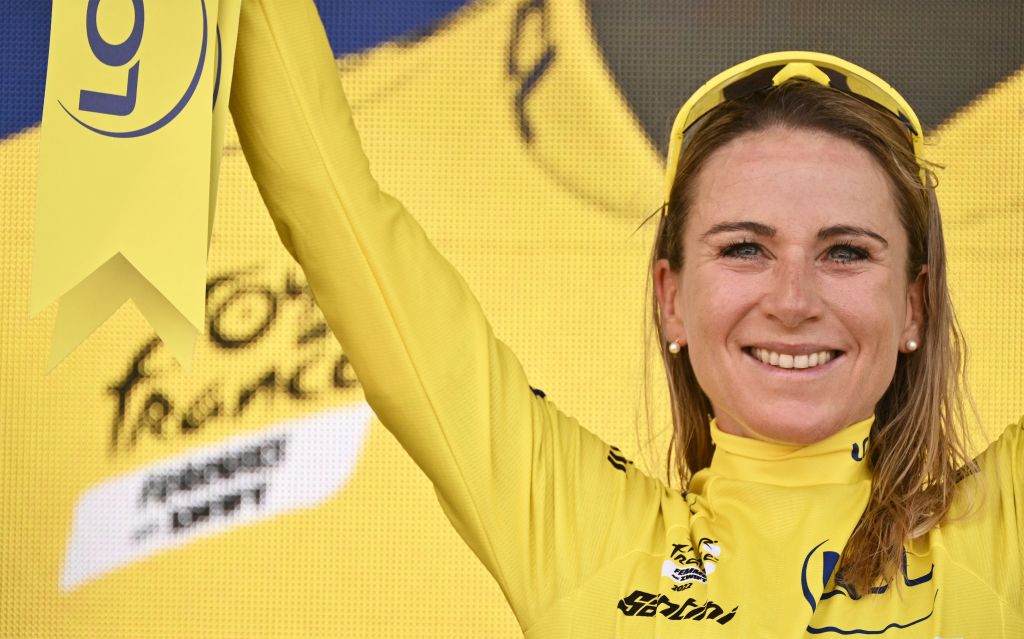
Is age just a number?
Marianne Vos won two stages, the green points jersey, and spent four of the eight days in the yellow jersey at the Tour de France Femmes. At the age of 35, with a sparkling career spanning 17 years and widely regarded as one of the greatest athletes of all time, Vos was asked about her success and longevity in bike racing.
She said that 'age is just a number.' She feels as strong and motivated as ever and noted that her age had given her vital experience compared to her younger competitors.
Her compatriot Annemiek van Vleuten won the overall title at the Tour de France. She took the yellow jersey from Vos following a back-to-back rampage through the Vosges mountains in northeast France.
Her performance showed how much stronger she is on mountainous terrain than her rivals. Some of the world's best climbers Demi Vollering (SD Worx), Kasia Niewiadoma (Canyon-SRAM), Cecilie Uttrup Ludwig (FDJ), and Silvia Persico (Valcar) finished between three and seven minutes down on the first big mountain stage and another 30 seconds to two minutes on the final day.
At 39 years old, Van Vleuten attributed her strength over her opponents to her age.
Specifically, she noted that she is older, by some 15 years, and more experienced in her training. She said that she had had more time to prepare her body to adapt to the demands of mountainous routes such as the two offered on stage 7 into Le Markstein and stage 8 atop La Plance des Belles Filles.
Can Van Vleuten be beaten? Of course. On terrain not best suited to her strengths in the mountains or where tactics play a more significant role, yes, riders have beaten Van Vleuten throughout the season.
When it comes to the major mountain passes, especially climbs that exceed 30 minutes, and when they are placed back-to-back, the chances of winning shift into Van Vleuten's favour.
Combine that with her sheer training volume, the amount of time she spends at altitude camps throughout the year, and her near-obsession with performance, the odds of beating her in the mountains become significantly less.
“It’s something that comes with years. I want to make it really clear that sometimes my colleagues get comments that they should train as much as I do, but that’s not possible. That’s something that’s just a process with years," she said.
"I’m 39 years old so for me it’s possible to train for so many hours but that’s not because I suddenly [could do that], it’s just a process of many years. Every year you can do 5-10% more hours. That makes my engine really big and that makes my fitness level really high, then if you have a stage like this that is super, super crazy hard, then I know that I can do it from the first climb.”
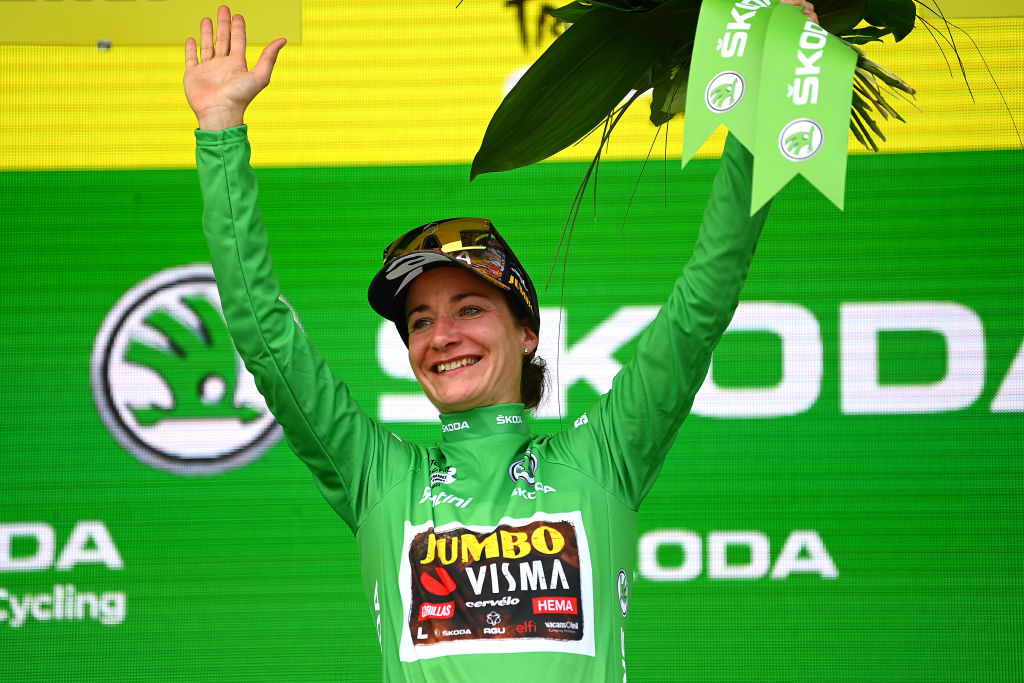
A full-circle moment for Marianne Vos
Nine years ago, Marianne Vos formed part of a four-woman group called Le Tour Entier, which led a petition that called on Amaury Sport Organisation (ASO) to include women in the Tour de France.
Nearly 100,000 signatures later and La Course was born in 2014. Vos won the inaugural one-day event, held in conjunction with stage 21 of the men's three-week Tour de France, on the Champs-Élysées in Paris.
La Course was a stepping-stone to the Tour de France Femmes that began on the Champs-Élysées on July 24 and concluded atop La Planche des Belles Filles on Sunday. The eight-day race was everything she had fought to create and more.
Vos won the second stage and donned the yellow jersey in what was a full-circle moment of her career.
Gasping for breath at the finish line in Provins, she was surrounded by her family - father Henk, mother Conny and brother Anton - all celebrating the magnitude of her achievements. Wearing the yellow jersey was a feat in and of itself, but it was also symbolic of a career that has embodied triumph, defeat, sportsmanship and leadership.
The Tour de France and its yellow jersey are, in many ways, the pinnacle of professional cycling. Vos has won 13 world championships, two Olympic gold medals, a record 32 Giro d'Italia stage wins, and now she has worn the yellow jersey at the Tour de France.
She has not spoken of retirement. However, in Provins, while wearing her yellow jersey, she said: "I promised I wouldn't stop until I raced the Tour de France."
"I promised I wouldn't stop until I raced the Tour de France."
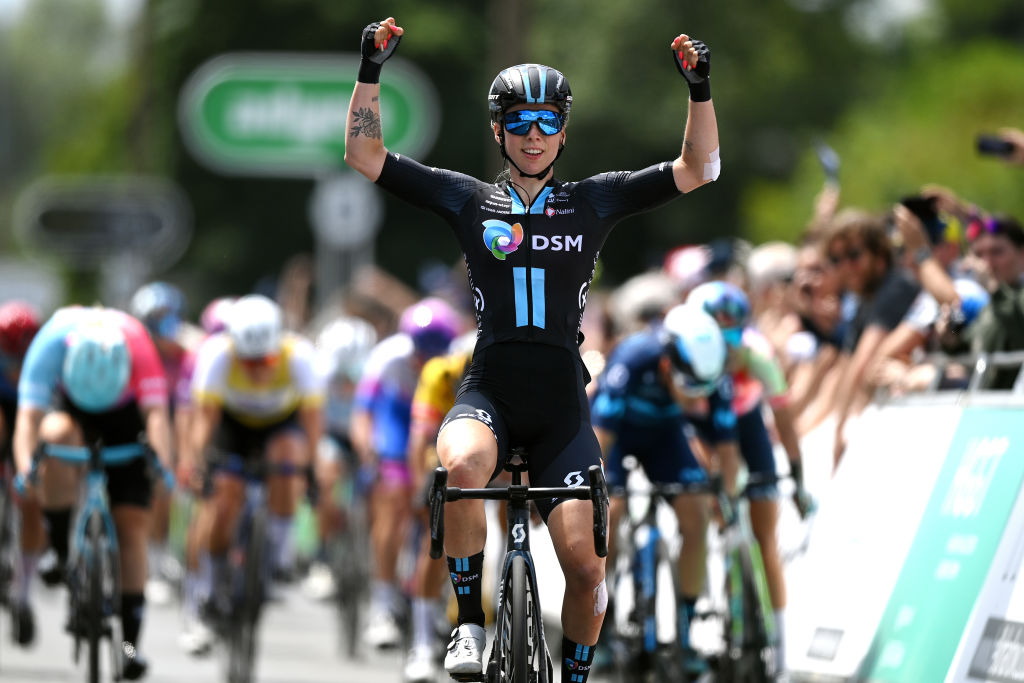
Wiebes is the fastest in the world
Some may have expected the Tour de France Femmes to reignite the Lorena Wiebes vs Elisa Balsamo rivalry on the race’s sprint days, with perhaps some Marianne Vos and Lotte Kopecky thrown in, but the result instead was pure domination from Wiebes. The Dutch rider won stage 1 and 5 of the Tour, both times beating the second-placed rider by a healthy margin. She was never beaten in a sprint finish: when stage 6 ended in a bunch finish won by Vos, Wiebes had been taken out by a crash earlier in the race.
Whilst a lot has previously been made of Wiebes’s ultra-strong lead out, she proved at this race that she can also do just as well without the full complement of helpers. For both her wins, Wiebes’ usual final woman Charlotte Kool was not there; on stage 1 she was out of position in the final run-in, and by stage 5 Kool had dropped out of the race.
Wiebes relied primarily on Pfeiffer Georgi, who has a big engine but admits herself she doesn’t have the final kick Kool has, but this proved more than enough for the Team DSM sprinter. Both sprint finales that she won came down to somewhat messy, head-to-head battles with the other sprinters, seemingly showing that when it comes down to simply who has the fastest legs, Wiebes wins every time.
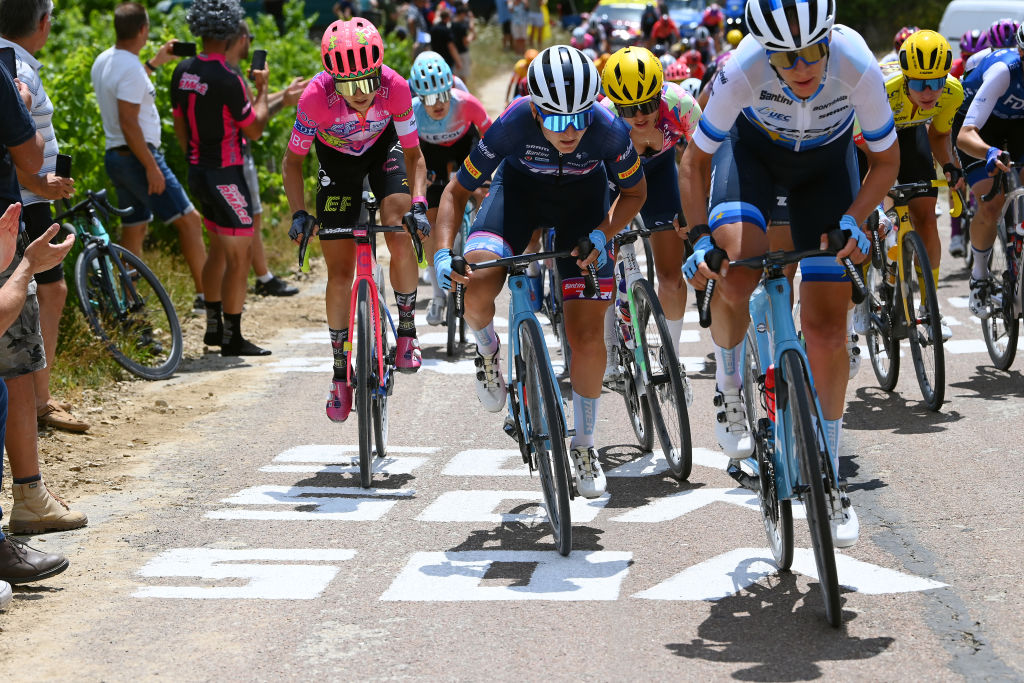
The course wasn’t too hard
One of the prevailing questions of the final weekend of the Tour was: was the course too hard? Stages 7 and 8 were certainly big challenges and the time gaps were significant, but taking the time cut as a metric, it’s difficult to argue that the stages were too hard for the peloton.
Only six riders finished outside the time limit over the weekend, which would have been only two if the time was calculated from Demi Vollering instead of clear outlier Annemiek van Vleuten, and perhaps none if the percentage was upped in line with the average speed, as it is in the men’s race.
Moreover, even if these stages are pushing the limit of riders’ climbing abilities, the only way to improve the climbing ability of the peloton is to have more stages like this, not fewer. As the peloton takes on bigger and bigger climbs more frequently, there will be more incentive to be a specialist and the level at the top will improve.
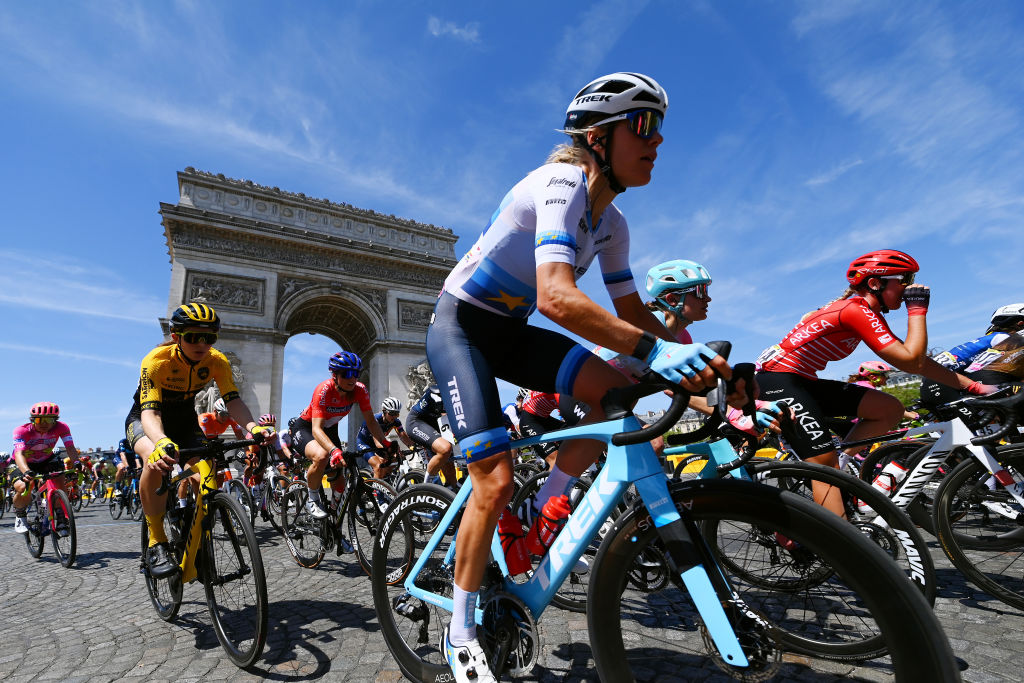
It needs a time trial
The inaugural Tour de France Femmes avec Zwift was comprised of a carefully curated course that included almost every type of terrain for almost every rider, but if there’s one thing the riders felt was missing at the race, it’s a time trial. The likes of Ellen van Dijk, Joss Lowden and Marlen Reusser all lamented the lack of a TT, and it was an aspect that came up time and time again when riders and teams were asked what they wanted to see from future editions of this race.
The effect on the GC may not have been significant - Annemiek van Vleuten and Demi Vollering are also two of the best time trialists in the peloton - but it would have rounded out the race and given a chance for some of the sport’s strong women to really show off their abilities.
This Tour did a good job of creating a varied race, with opportunities for different riders and a course that demanded a bit of everything from the GC riders, but to really complete its status as a Grand Tour, an against the clock challenge is needed.
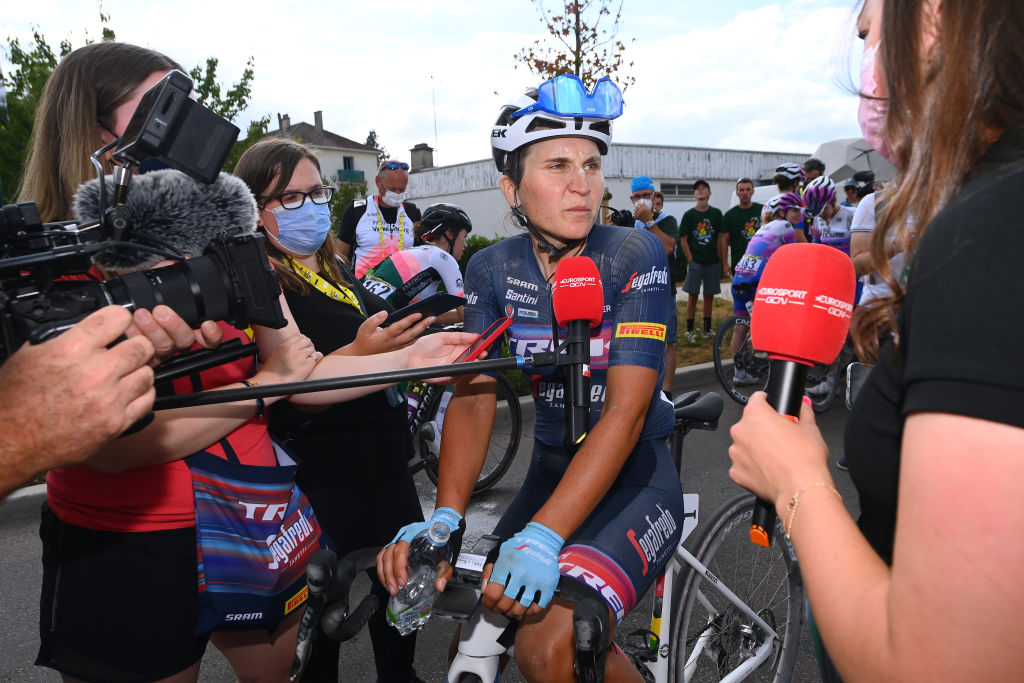
Something missing for Trek-Segafredo
Picking apart each and every team’s performance could be a whole separate article, but if there’s one big team who perhaps didn’t achieve what they wanted to, it’s Trek-Segafredo. They came into this race with hopes of a high overall finish and stage wins, and didn’t quite succeed in either. Elisa Longo Borghini’s sixth in GC is not a disappointment for the Italian or the team - for a non-pure climber, the 30-year-old performed well on some big climbing days - but it’s also not the top-5 result that they were trying to defend for most of the week.
In some ways, it’s possible that Trek ended up with so little as a result of doing too much. Elisa Balsamo was extremely committed to her Italian teammate’s GC hopes, and as a result perhaps gave up her own chances for a stage win. Longo Borghini was determined to take the time she could, where she could, but did she spend too much energy doing this?
A clear example came on stage 7, where Longo Borghini was up the road chasing Vollering and Van Vleuten, but did not sit up when it was clear she was losing time on the leaders. Instead of join the other GC riders, she ploughed on alone, and as a consequence then fell through the groups before the finish, eventually losing a minute and a half on Niewiadoma and Labous, and dropping three places on the overall classification. Racing conservatively isn’t usually part of Longo Borghini’s plan, but in this race it could have been a benefit.
In the positives, Shirin van Anrooij won the white jersey for best young rider, but she herself said over the weekend that this was something of a bonus, not a key goal and also not a big fight - she took the title by over five minutes. To call Trek’s whole Tour disappointing would be unfair and untrue, but it’s accurate to say that as one of the strong and most aggressive teams in the WorldTour peloton, they would have been hoping for a little more from this race.
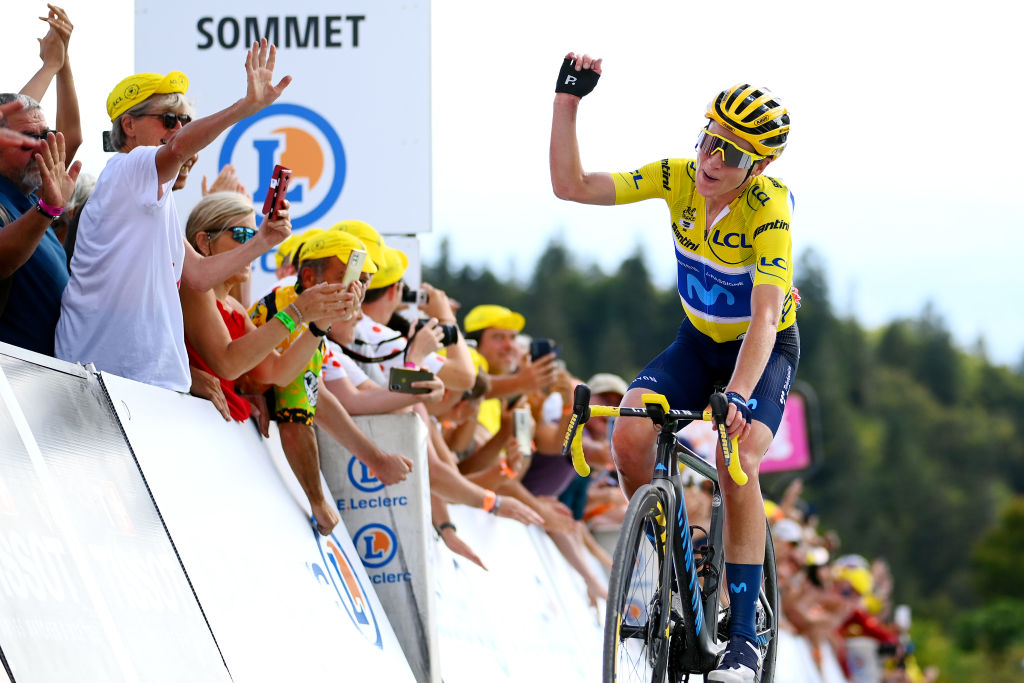
No need for a final parade stage
The idea of the stage race ending on a mountaintop might have seemed out of the ordinary for anyone who has followed the hundred-year tradition of the Tour de France.
For as long as we can remember, the race has ended with a celebratory, champagne-tasting parade into Paris before one last sprint on the Champs-Élysées.
The Tour de France Femmes' conclusion atop La Planche des Belles Filles, one of the most notable and visited climbs of the Tour de France, was a welcomed change. It offered flat-out racing until the very end.
"It would be nice to have the last day, but if you have a parade day like the men, then you will miss a great day of racing, and the women's race is only eight days. If the women's race becomes longer, then a parade would be nice," said Team DSM director Albert Timmer.
The rebirth of the women's Tour de France began with eight stages, and so realistically and logistically, there was only going to be so much of France the race was able to visit. Hence, the reason the route stayed in the northeast and the Vosges, rather than visit some of the more iconic mountains of the Alps and the Pyrenees.
Van Vleuten said it was extra special finishing on La Planche des Belles Filles.
'To win in yellow on the final stage on La Planche des Belles Filles ... I told my team that if possible, I would like to go for the win. The victory in yellow on the Planche is the best way to finish this. It was special. All the spectators cheered my name on the way up, and on the way down. I enjoyed it."
Trek-Segafredo director Ina Teutenberg was pleased with the route, and its mountainous, action-packed finale, pointing out, "we had our parade on stage 1."

Kirsten Frattini is the Deputy Editor of Cyclingnews, overseeing the global racing content plan.
Kirsten has a background in Kinesiology and Health Science. She has been involved in cycling from the community and grassroots level to professional cycling's biggest races, reporting on the WorldTour, Spring Classics, Tours de France, World Championships and Olympic Games.
She began her sports journalism career with Cyclingnews as a North American Correspondent in 2006. In 2018, Kirsten became Women's Editor – overseeing the content strategy, race coverage and growth of women's professional cycling – before becoming Deputy Editor in 2023.
- Matilda PriceAssistant Features Editor